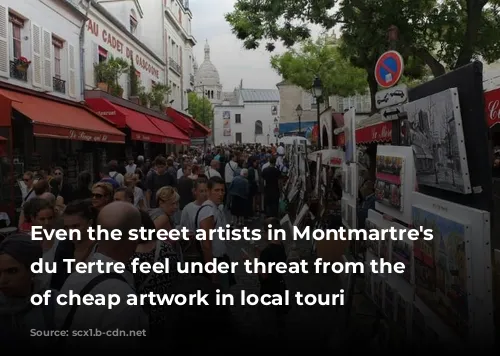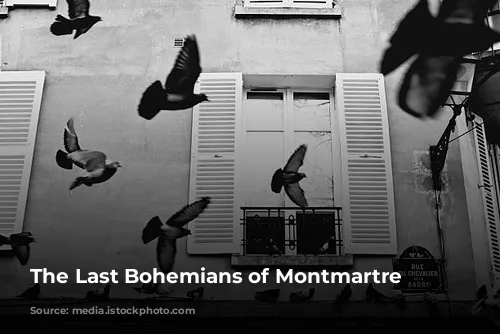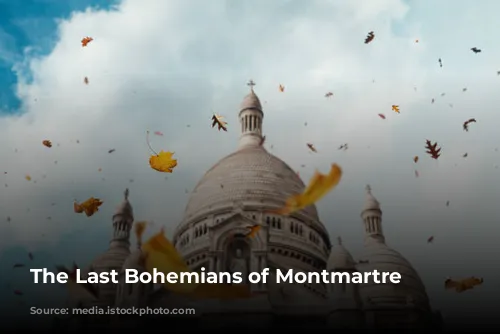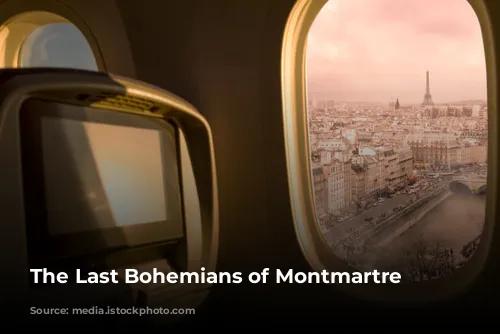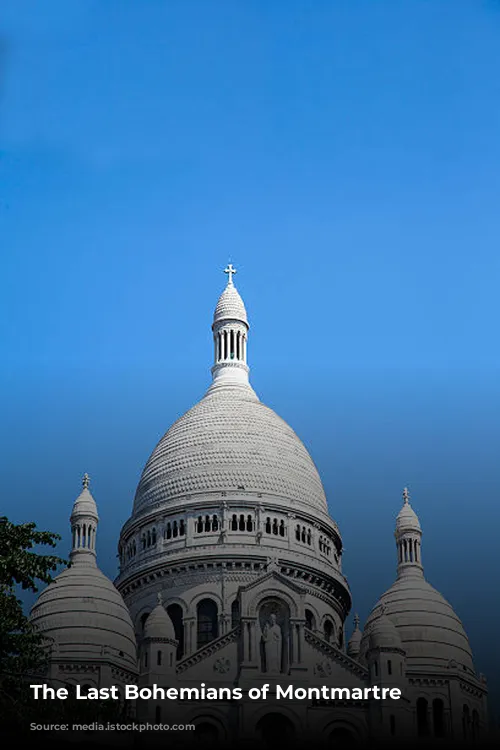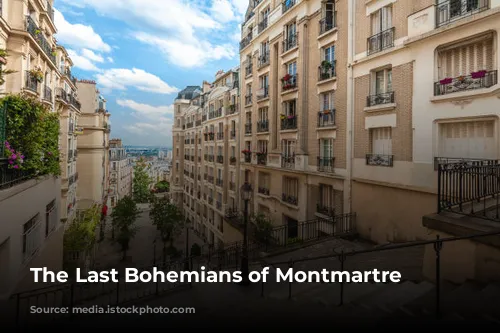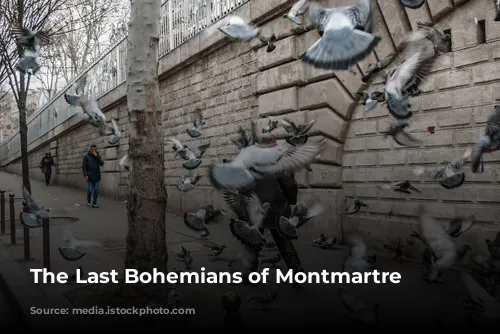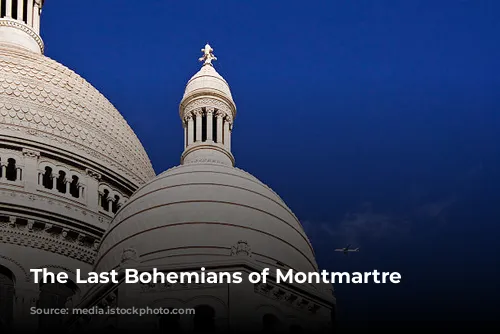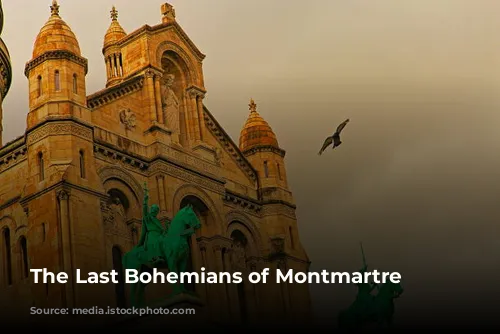Step into a dimly lit room, once frequented by Picasso and Modigliani during their early, struggling days. Now, filled with tourists from around the globe, it echoes with the melodies of traditional French songs. This is the Lapin Agile, the last remaining cabaret in Montmartre, a charming neighborhood perched atop a hill in the heart of Paris. This historic district, once a haven for artists and dreamers, is now facing a new reality—the relentless onslaught of mass tourism.
Yves Mathieu, the owner of the Lapin Agile, laments the changes that have swept through Montmartre. He reminisces about the days when the cobblestone streets were not crowded with souvenir shops selling Eiffel Tower keychains and Parisian mugs. “It’s the last of the traditional cabarets,” he says, his voice tinged with concern.
The walls of the Lapin Agile are adorned with copies of works by renowned artists like Picasso and Henri Toulouse-Lautrec, whose original paintings once helped them sustain themselves. This cabaret also witnessed the birth of many folk singers, including Leo Ferre, Georges Brassens, and the late Charles Aznavour. However, the spirit of artistic struggle that once defined Montmartre seems to be fading away.
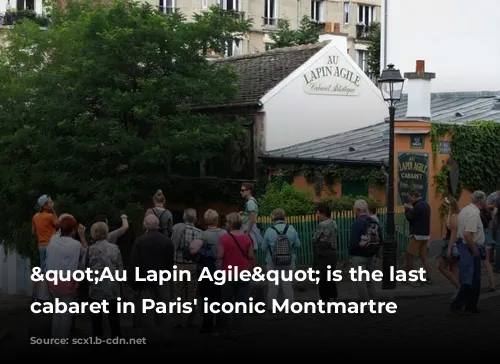
The Rise of Tourism: A Double-Edged Sword
The hilltop known as “la Butte” was once a sanctuary for artists in the 19th century. Today, it’s a destination for millions of tourists each year, drawn by the allure of the Sacre Coeur basilica, panoramic views of Paris, and the city’s famed vineyards. But as tourism has surged, the authentic character of Montmartre is being threatened.
Alain Coquard, president of the “Republic of Montmartre,” an association dedicated to preserving the neighborhood’s unique identity, expresses his concerns. He fears that Place du Tertre, a once charming square, is turning into a “Disneyland” version of itself. He compares the situation to Venice, which is besieged by an overwhelming influx of tourists. “There is still stuff worth saving,” he asserts, hoping that the spirit of Montmartre will endure.
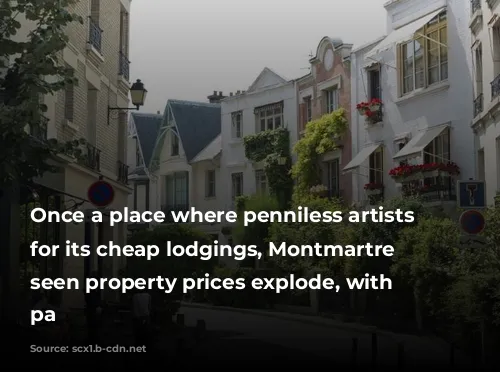
A Loss of Identity: Locals Struggle to Survive
The idyllic image of Montmartre painted in the film “Amelie” has attracted tourists in droves, but the reality on the ground is quite different for long-time residents. They lament the rapid gentrification that is pushing out local businesses and residents.
Spiralling rents have forced out ordinary shopkeepers, leaving only a handful of original businesses like Frédéric Loup’s pharmacy, which has been serving the community since 1927. “The baker left. The butcher also left. The problem is the rents, which only the souvenir shops can afford,” says Loup, his voice laced with disappointment.
Once a refuge for struggling artists due to its affordable lodgings, Montmartre has become a magnet for the wealthy and famous. The neighborhood, once a symbol of artistic freedom and bohemian spirit, is now witnessing a decline in its artistic legacy.
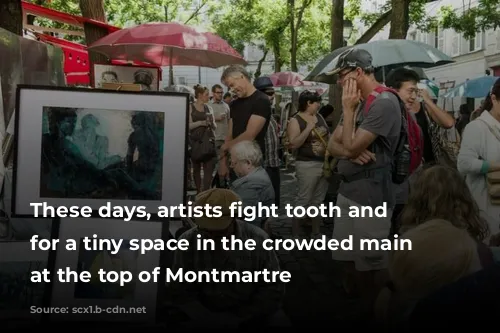
The Artists Fight for Their Space
While Montmartre’s charm continues to lure tourists, many artists find it increasingly difficult to make a living in the neighborhood. Aspiring artists who try to follow in the footsteps of Pissarro and Renoir are priced out of the market, forced to sell their art to tourists on the street.
The art sold in local tourist shops is often cheaply made in China, putting a strain on the local artists who are struggling to survive. Midani M’Barki, president of the Paris-Montmartre artists’ association, voices his frustration, calling the Chinese competition “forgers, parasites!”
M’Barki also expresses concern about the encroachment of cafes and restaurants, which are increasingly expanding onto the pavements, leaving less space for artists. Despite a recent bylaw that guarantees artists the right to work on the pavements, the area allocated to them is shrinking. “We’re now in the gutter and the terraces are thriving,” he says angrily. “We should be given half the space,” he demands. “If we don’t get it, we’ll leave. And without us, there won’t be any Montmartre.”
